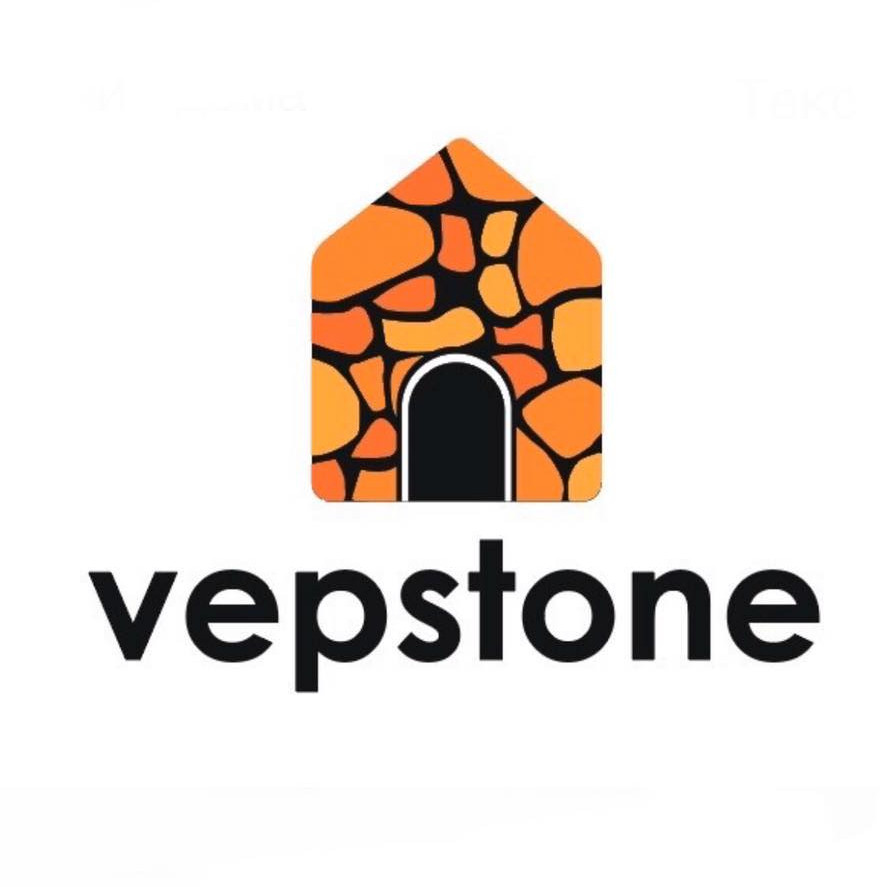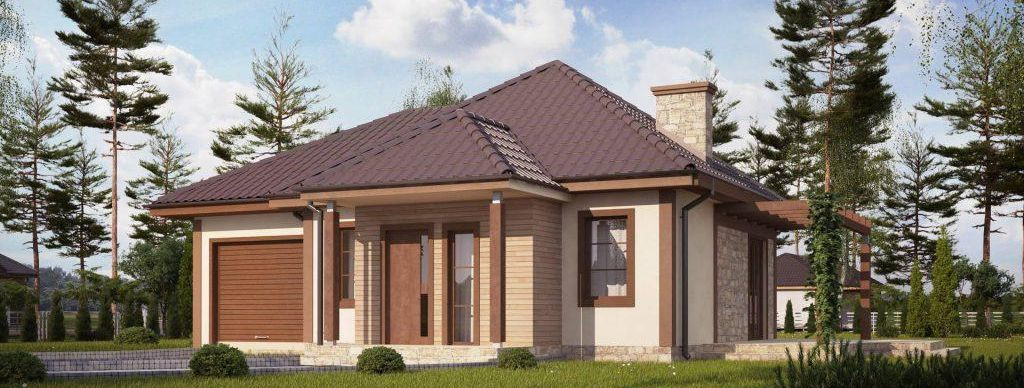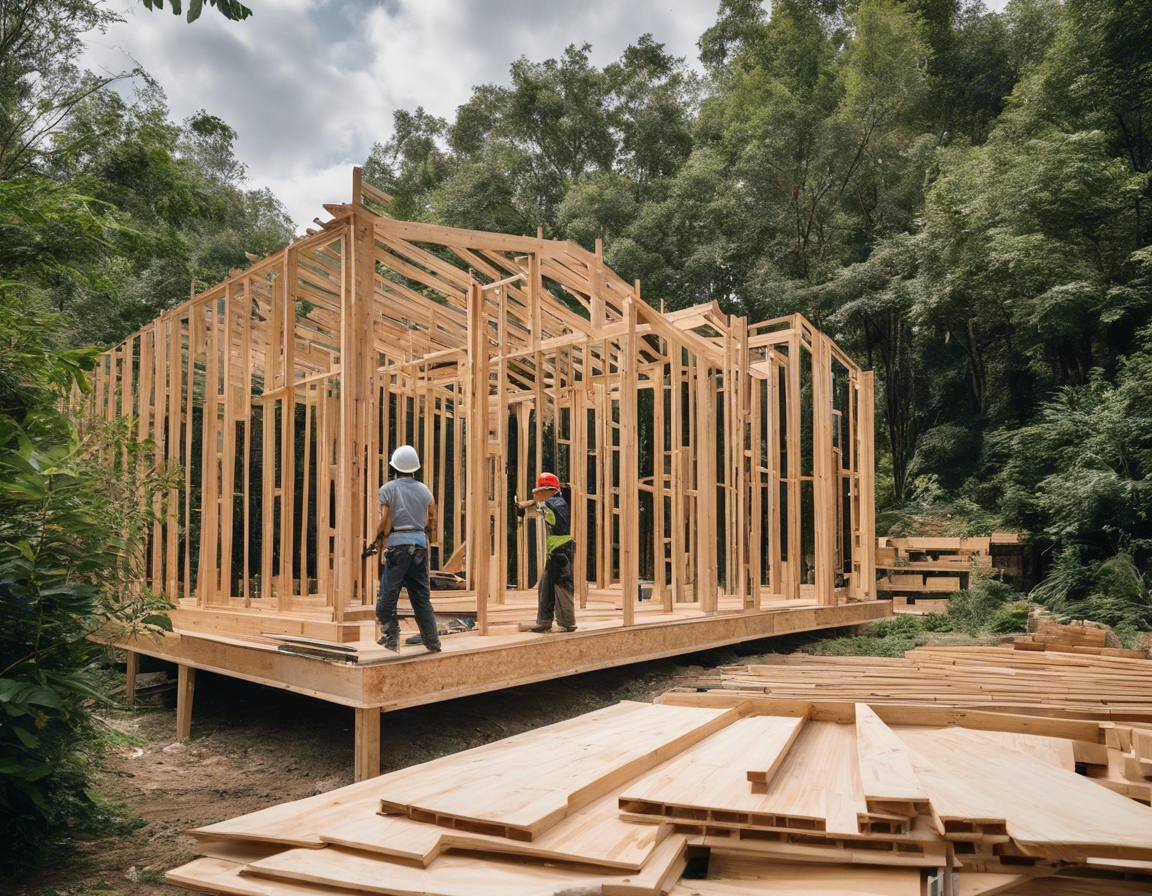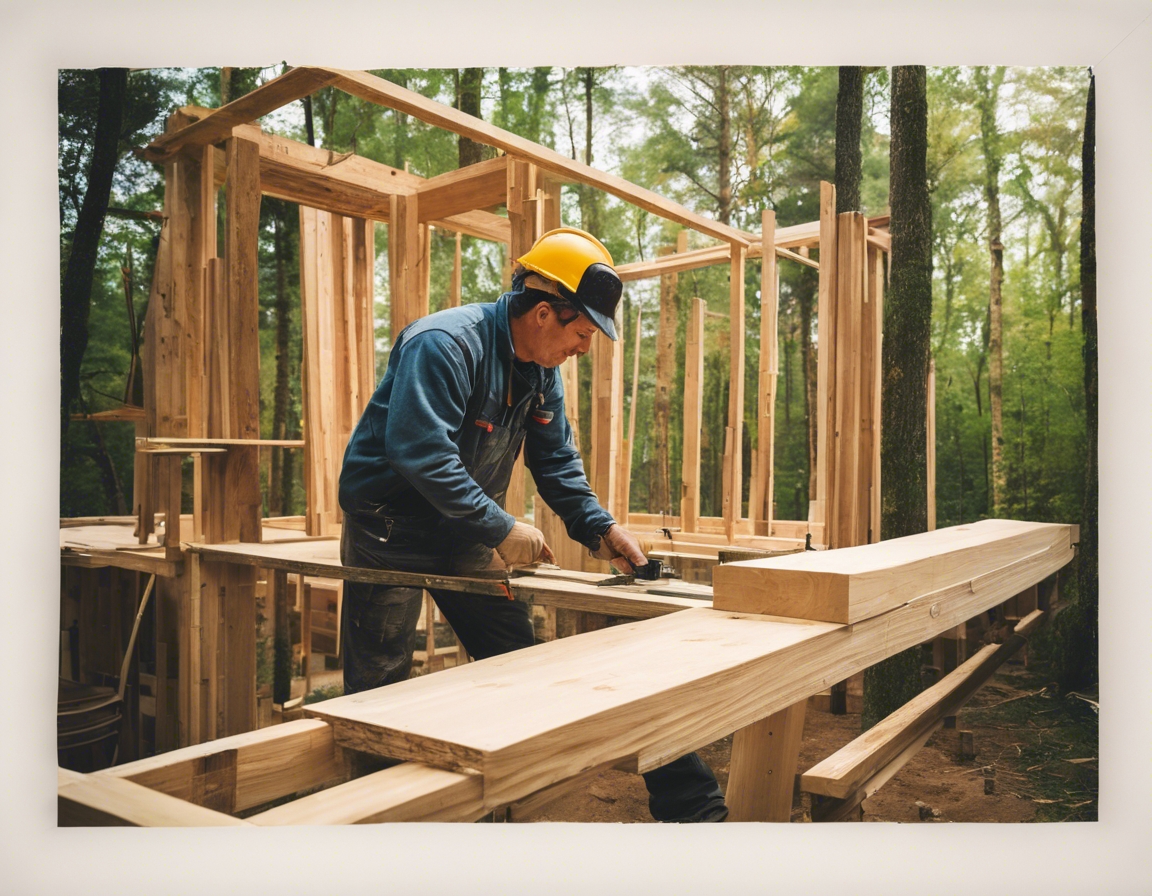The future of home building: trends to watch
As we look towards the future of home building, several key trends are emerging that promise to reshape the industry. These trends are driven by a combination of technological advancements, environmental concerns, and evolving homeowner preferences. Understanding these trends is crucial for anyone looking to build a new home or invest in the residential construction sector.
The construction industry is experiencing a paradigm shift, with a focus on sustainability, efficiency, and technology. This shift is not just about the materials and methods used in construction but also about the way homes are designed and function for their inhabitants.
For companies like VIIKING EHITUSPARTNER OÜ, staying ahead of these trends is essential. It allows us to provide our clients with homes that are not only modern and aesthetically pleasing but also environmentally responsible and technologically advanced.
Sustainable and Eco-Friendly Construction
One of the most significant trends in home building is the push towards energy efficiency and the creation of net-zero homes. These homes are designed to produce as much energy as they consume, often through the use of solar panels and other renewable energy sources.
There is also a growing demand for green building materials that are sustainable and have a lower environmental impact. Innovations in this area include recycled and upcycled materials, as well as new composites that are both durable and eco-friendly.
Integrating renewable energy systems like solar, wind, and geothermal into residential construction is becoming more common. These systems not only reduce a home's carbon footprint but can also offer significant savings on energy bills.
Smart Home Technology and Automation
Smart home technology is revolutionizing the way we live. Home automation systems can control lighting, heating, cooling, and security, often through a single integrated interface.
The Internet of Things (IoT) is making homes smarter and more connected. IoT devices range from smart refrigerators to voice-activated assistants, all designed to enhance convenience and efficiency.
As homes become smarter, security is a growing concern. Modern home building trends are incorporating advanced security systems that work seamlessly with other smart home features to create a safe and secure ecosystem.
Modular and Prefabricated Homes
Modular and prefabricated homes are gaining popularity due to their cost-effectiveness and reduced construction time. These homes are built in sections in a factory setting and then assembled on-site.
Modular construction offers numerous benefits, including less waste, more consistent quality, and the ability to scale projects quickly to meet demand.
Despite their prefabricated nature, modular homes offer a surprising level of customization and design flexibility, allowing homeowners to create a space that truly reflects their personal style and needs.
Design Trends Shaping Future Homes
Open floor plans and multi-functional spaces are becoming more prevalent in modern home design. These layouts promote a sense of openness and flexibility, allowing spaces to be used for multiple purposes.
Maximizing natural light and creating seamless transitions between indoor and outdoor living spaces are also key design trends. Large windows, sliding doors, and outdoor living areas are just a few ways that homes are bringing the outdoors in.
The minimalist design and the decluttering movement are influencing home building, with a focus on simplicity, clean lines, and reducing excess. This trend is about creating tranquil, uncluttered spaces that promote well-being.
Resilient Construction for Extreme Weather
As extreme weather events become more common, resilient construction is becoming a priority. This involves designing and building homes that can withstand natural disasters such as hurricanes, floods, and earthquakes.
New materials and building techniques are being developed to improve the resilience of homes to extreme weather. These include reinforced structures and materials that can resist high winds, water, and fire.
Finally, adapting to climate change is a critical aspect of future home building. This means not only constructing homes that can endure the effects of climate change but also minimizing their environmental impact to help prevent further climate change.






Comments (0)